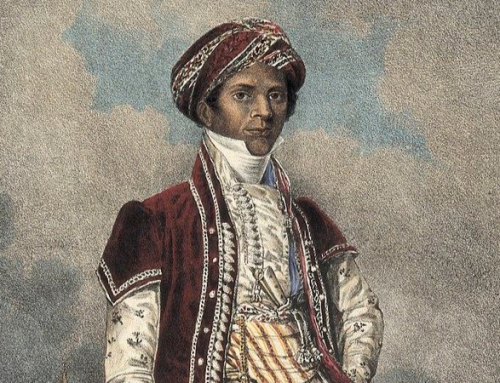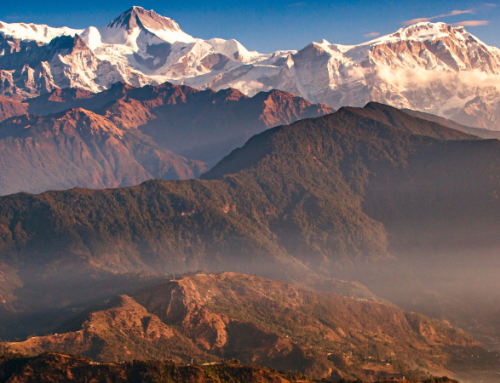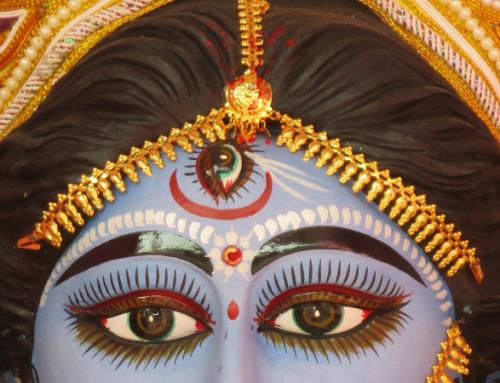Divali Mubarak!
Dipavali, or Divali, the “festival of lights”, is probably India’s chief festival; it is certainly its brightest. Serving as a New Year for many communities, and a joyous festivity for everyone else, Divali celebrates the victory of light over darkness. All over the subcontinent millions of earthen lamps (in Sanskrit, dipa) are lit outside houses, temples, and other buildings, for the purpose of (depending on where you are located) honoring the sun; welcoming home Rama, Sita and Lakshmana on their return to Ayodhya after fourteen years in exile; marking the return of the Pandavas to activity after twelve years of vanavasa and one year of ajnatavasa; and/or betokening the marriage of Lakshmi to Vishnu or the day Vishnu returned to Lakshmi.
In many areas the celebrations begin on Dhanteras (Dhanatrayodashi), the thirteenth day of the dark fortnight of the lunar month of Ashvin. On this day in myth both Dhanvantari (god of health and healing, and patron deity of doctors) and Lakshmi (goddess of wealth) emerged from the churned cosmic ocean of milk. The next night is Kalichaudas (Naraka Chaturdashi), which was for Vimalananda a night for saluting the spirits of the dead. Diwali itself falls on the new moon day, and is the sole auspicious new moon day of the Indian lunar calendar. The day after Diwali is Divali Padwa (Balipratipada), New Year’s Day for many, and a special day for married couples; the next day is Bhau-beej or Bhai-duj, which is dedicated to the sister–brother bond.
But the most important night is that of Divali, the night on which Lakshmi is believed to roam the earth. That evening people place lamps around their doors and windows, to invite her in, and after a Lakshmi puja many people celebrate with fireworks, supposedly as a way to welcome in the new year and chase away evil spirits but nowadays (in many cities) chiefly in competition over who can tie together the most firecrackers to create the longest bursts.


